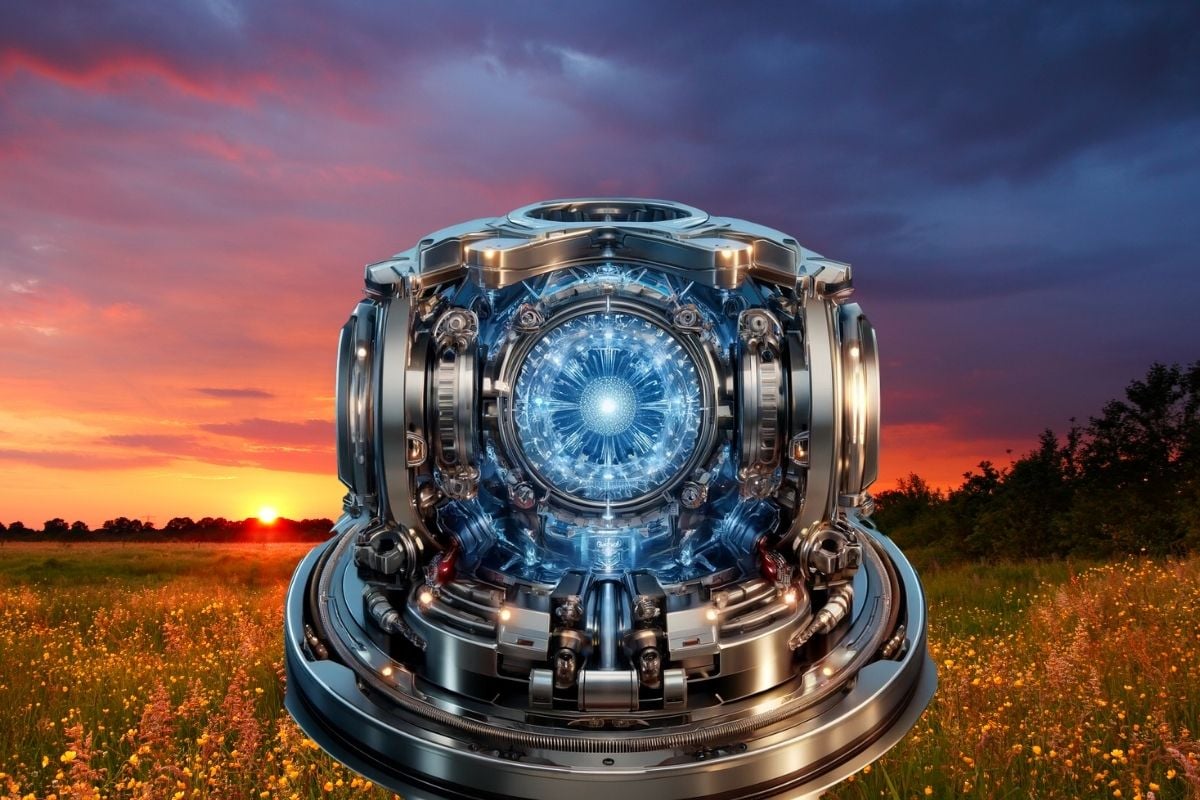A radical engine concept is emerging, powered not by gasoline or hydrogen but by the strangest resource in physics: quantum entanglement. This daring leap reframes what we mean by “fuel,” proposing a future where energy is drawn from the structure of information and the laws of the microworld. While still experimental, the approach signals a profound shift in how humanity might generate, store, and use power.
What is quantum entanglement?
Entanglement is a phenomenon in which two particles share a single quantum state, so measuring one affects the other instantly, no matter the distance between them. Einstein called it “spooky action,” yet it’s now a central pillar of quantum information and next‑generation technology.
In everyday terms, it’s as if two coins tossed far apart always land in correlated ways, bound by an invisible, nonclassical link. This correlation is stronger than anything allowed by classical physics, enabling new forms of control and communication.
A first-of-its-kind prototype
Researchers at the Chinese Academy of Sciences report a prototype quantum engine that uses entanglement not merely as a feature but as a functional “fuel.” Instead of combustion or electrochemical reactions, it harnesses quantum correlations to drive motion.
This is not a conventional heat engine, nor a simple electric motor. It exploits uniquely quantum resources, suggesting performance regimes beyond familiar thermodynamic boundaries in carefully engineered microscopic systems.
How the engine works
Traditional engines convert chemical or electrical energy into motion by pushing against macroscopic constraints. By contrast, this device manipulates quantum states with precisely tuned lasers, steering particles through cycles that yield usable work.
The core trick is to translate laser energy into vibrational motion and then into directed mechanical output. Because entanglement shapes the particles’ joint behavior, it can amplify the conversion efficiency in ways classical couplings cannot.
Inside the mechanism
The team traps calcium ions at extremely low temperatures using an ion‑trap apparatus, isolating them from environmental noise. With laser control, the system prepares and entangles specific states, then drives oscillations that embody the engine’s stroke.
As the entanglement deepens, correlations guide how energy flows through the ensemble, optimizing how laser input becomes coherent motion. In essence, entanglement acts as an organizational resource, making every quantum “push” more productive.
Experimental results
Across more than 10,000 trials, the researchers observed a clear link between higher entanglement and greater mechanical efficiency. The team measured energy conversion steps meticulously, mapping gains to entanglement quality.
Their data indicate that entanglement is not merely present but actively useful, improving performance beyond comparable non‑entangled controls. The stronger the correlations, the more potent the quantum work extracted.
“Entanglement isn’t just weird,” one researcher might say, “it’s a practical **resource**—a controllable knob that turns microscopic order into macroscopic **effect**.”
Why this matters
Early as it is, the platform hints at transformational payoffs, especially where small, efficient, and precise energy conversion is vital:
- Powering specialized quantum processors and cryogenic control modules
- Driving ultra‑miniature actuators in advanced sensors and space‑constrained devices
- Reducing energy waste in nanoscale manufacturing and metrological systems
- Enabling heat‑to‑work conversion beyond classical small‑scale limits under quantum constraints
- Offering new routes to energy‑aware quantum networks and distributed computing
What it does—and doesn’t—imply
This engine does not violate the second law of thermodynamics, but it can exploit nonclassical correlations unavailable to conventional machines. In small, well‑controlled settings, those correlations can bend familiar trade‑offs and elevate performance.
Entanglement becomes a bona fide thermodynamic resource, akin to temperature, coherence, and information. Treating it as “fuel” reframes design principles for future devices, where information structure drives efficiency.
Challenges ahead
Scaling remains a formidable hurdle, because entanglement is fragile and prone to environmental decoherence. The apparatus relies on cryogenic‑like conditions, exacting laser control, and low‑noise electronics.
To move from lab demo to practical hardware, researchers must boost output power, stabilize correlations at higher temperatures, and integrate with more robust material platforms. Advances in error‑correction and noise engineering will be pivotal.
Next steps
Future work will diversify ion species and material choices, refine state‑preparation protocols, and optimize how entanglement is created, maintained, and spent during the engine cycle. Better entanglement quality should translate to higher work per run.
If this trajectory holds, entanglement‑driven engines could become foundational in quantum‑era infrastructure, from precision instruments to hybrid quantum‑classical machines. The message is clear: information is not just abstract—it can be engineered into motion and turned into power.

